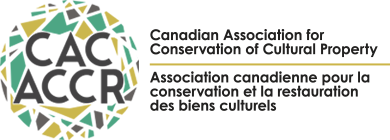J.CAC VOLUME 30 (2005)
Health and Safety Concerns Relating to Lead and Lead Compounds in Conservation
The purpose of this paper is to raise awareness of the health hazards of lead, its alloys and compounds, as they are among the most hazardous materials found in association with cultural property and are often encountered by conservators in the course of treatments. Lead toxicity is described and a general survey is presented of the types of objects or materials where lead might be encountered in cultural heritage sites and institutions. When dealing with lead-containing materials, conservators, as well as all others who treat, handle or dispose of lead, need to follow the relevant occupational and environmental laws. In Canada, applicable occupational health and safety laws depend on where one lives and for whom one works. Resources, including current websites, are provided for locating the federal, provincial, and territorial legislation as well as some provincial lead guidelines relating to exposure limits, and environmental and medical monitoring. General information is given for engineering controls (isolation, ventilation), administrative controls (personal hygiene, housekeeping, storage and disposal of hazardous waste), and personal protective equipment (respirators and protective clothing). Guidelines are provided for conservators working with lead-containing objects or lead-based pigments on painted surfaces so that they can recognize lead and lead corrosion and protect themselves, those working around them, and their families at home from lead poisoning. Analytical methods for the detection of lead in paint, including spot tests, are briefly described.
Download: JCAC30 Selwyn